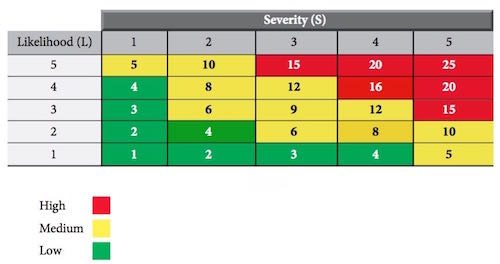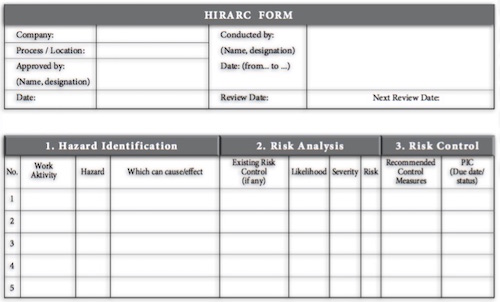Chemical hazards - Chemicals is a compound or mixture thereof, whether natural or artificial, but not including microorganisms. Chemicals hazardous to health means substances that are toxic, irritant, sensitizing (sensitizer), corrosive, carcinogenic, flammable or explosive. When these chemicals are spilled, splashed, inhaled or ingested, it can cause harm to workers and the environment.
Effects of Chemicals to the Occupational Safety and Health
- Acute effects - acute effects are short-term effects are common at high doses and short term. (Eg: Corrosive to the skin, causing irritation or skin sensitizers immediately after the occurrence of exposure).
- Chronic Effects - Toxic to the respiratory system, liver, kidneys, reproductive or nervous (Eg, heart failure, lung failure).
- Carcinogenic - May cause cancer.
- Identify hazardous chemicals in the workplace by conducting inspections at the workplace.
- Creating a register of chemicals that are at work in a comprehensive manner.
- Find safety and health of chemicals from the chemical information.
- Chemicals register.
- Chemical Safety Data Sheet (CSDS).
- CSDS is a document that can be referred for safety and health information about on a chemical.
- Up to date CSDS for each of the chemicals used should be at workplace.
- CSDS should written in English and in other languages as needed.
Employees need to be trained and follow safe work protocols in activities involving the use of chemicals. Attend an effective training program is an important factor in ensuring chemicals are handled safely.











